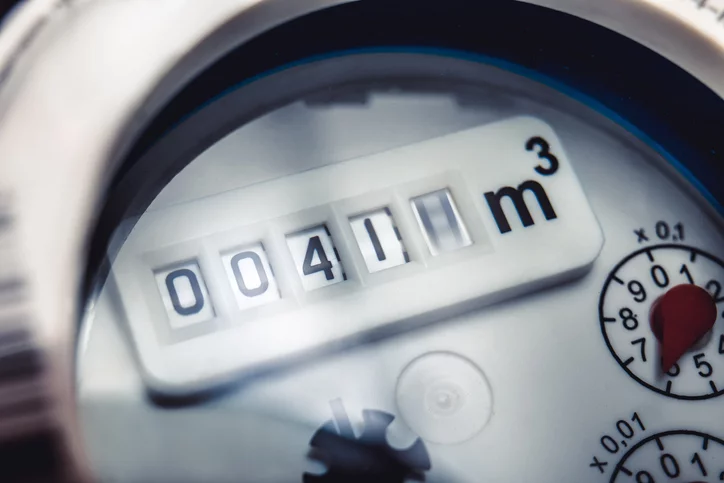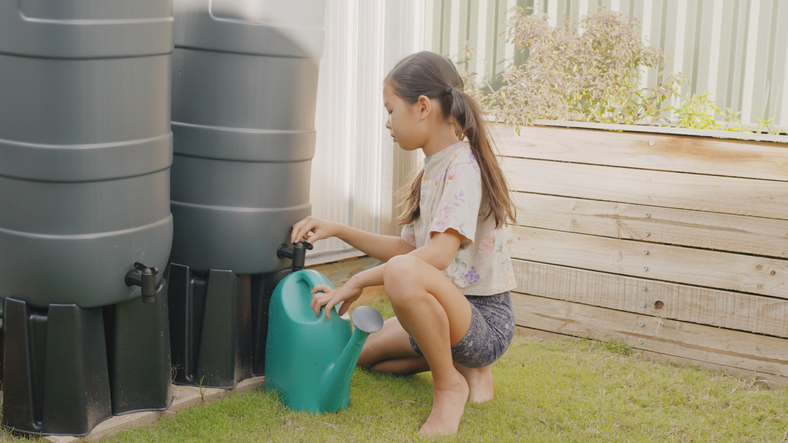Leading the way: innovative behavioural change campaigns
We recognise the importance of involving everyone in the issues our water and sewerage systems face due to climate change and population growth. Many people aren’t fully aware of these challenges or the need to cut down on our water usage. The key is helping people see the connection between their daily water habits and the crucial task of safeguarding our water environment.
Our sewerage networks weren’t originally designed to handle the extra materials being flushed or rinsed down sinks. Proper disposal can significantly cut maintenance costs and reduce the risk of sewage-related flooding in homes and businesses.
Through our People and the Environment Programme, we’ve conducted research to gain a better understanding of what successful campaigns have delivered to better engage consumers and inspire them to change their water and waste disposal habits. We’re collaborating with partners from the water sector and beyond, and ‘leading the way’ is our joint effort to learn, share ideas, and make progress in addressing industry challenges. As part of this, we’re supporting Waterwise and the Environment Agency in the creation of a Project Evaluation Toolkit for water-saving campaigns.
Water saving
See what these companies are doing to help save water and dispose of waste responsibly as part of the ‘leading the way’ initiative:
Educating local primary schools and children to save water.
Working in partnership with We are Futures and the National Schools Partnership to provide inspiration, lesson plans, and assembly materials.
These materials will support teachers and help children understand the link between saving water and looking after the local environment.
The Water Efficiency in Faith and Diverse Communities collaborative project aims to improve our understanding of how water is used in different faiths and cultures.
One of its objectives is to produce an inclusive water efficiency engagement and support framework that can be replicated and scaled by other water companies in the future.
This project includes a wide network of partners and is funded through Ofwat’s Innovation Fund.
Our Refresh Your Routine campaign engages the Gen-Z audience with an aim to change their water use behaviour and understanding that water is at risk and needs protecting. We recognise that there is a real opportunity in communicating with future bill payers about the need to conserve and protect the water environment. Gen-Z as an audience is ripe to hear these messages and make positive behaviour changes.
The campaign communicates the need to save water and the simple things they can do to help the sustainability and security of water resources in the future. Specifically, we’re asking them to pledge to reduce their shower time to 4 minutes, turn off the tap when brushing their teeth and fill the sink instead of running water when shaving. These messages are shared across the channels the target audience use in their everyday life to achieve maximum reach – this includes YouTube, social media (inc. TikTok/Snapchat), digital billboards, Spotify and DAX audio.
Dwr Cymru Welsh Water are sharing messages using special envelopes, custom designed leaflets, and a habit tracker. They are also checking water meters. This helps them see if people are using less water and adopting water-saving devices.
Pilots are due to start in 2024 and more information will be shared once available.
Running a summer campaign to get people to use less water by raising awareness.
They have also been engaging with customers through different media channels, including paid social media, digital radio, local print, and community events.
Southern Water have worked with a behavioural scientist to design four emails, based on behavioural science nudges. Sending these email variants to 45,000 customers to explore the impact of different messaging types on signing up for a water-saving home visit. They’ll test which emails work best going forward.
Responsible use of drains and sewers
Teaming up with Newquay Town Council for a collaborative summer campaign to raise awareness and encourage positive behaviours to reduce sewer misuse and protect the environment.
They are using leaflets, posters, social media, and a mobile billboard to test and learn what channels work best to deliver messages to communities as part of the campaign.
Products and swaps
Analysing the impact of free product swaps to reduce the number of wipes and fats, oils and greases getting into sewers. These alternative products include gunk pots, sink strainers, toilet paper gel, reusable face wipes and plughole hair catchers from causing problems in sewers.
Carers and wet wipes
Working with people who take care of others to co-design engagement materials and advice that is relevant for carers working in care homes and client homes about the best way to dispose of bathroom and kitchen waste.
Conducting a trial to prevent blockages by separating messages on the disposal of fats, oils, and greases, and sanitary items.
The company is working with a local school to talk to students about the correct way to dispose of sanitary items and providing reusable period products.
What we have learnt
Our aim is to find better ways to encourage people to use less water and dispose of fats, oils, grease, and items like wet wipes responsibly.
We looked at recommendations taken from our Desktop review of behaviour change campaigns and the Citizens Forum: Customers’ views on water campaigns research to listen to what customers have to say about water campaigns and its messages to see what works and doesn’t when it comes to changing people’s behaviours for the long term.
We also worked with water companies and other partners to learn from their experiences, ideas and challenges. In March 2024, we hosted an online event to talk about what we’ve learnt from the companies involved in Leading the Way. We hope these insights will help others who are thinking about starting a behaviour change project.
- Have a clear understanding of the problem and set specific objectives. Loose objectives make it harder to measure success and move the project forward.
- Keep it simple. Focus on changing one or two small things that are easy, practical, and don’t require big changes.
- Apply behavioural science. Seek external expertise if needed.
- Stay local. Understanding community issues and benefits encourages better buy-in. Try linking with the local environment.
- Help customers understand that there is a problem, regardless of the predominant weather (i.e. during a rainy summer).
- Start early. Engage stakeholders, including regulators, from the beginning to gain support to amplify messages and benefits.
- Partner with trusted local community groups, environmental groups and eNGOs to help create a network of like minded organisations and individuals to spread the message. This can help to overcome trust issues too.
- Use customer feedback to adjust the campaign for better outcomes.
- Share what the company is doing and ask customers to join in solving issues that matter to them.
- Ensure you understand the necessary data before starting the project. It’s essential for tracking results and evaluating its success.
- Conduct customer surveys before and after the intervention to identify and measure its impact.
- Applying insights can lead to tailored messaging and positive outcomes.
- Understand your customer base and demographics to effectively target messages and behaviours that resonate with them.
- Be creative in developing messaging solutions that appeal to specific customer segments, and include a variety of content to avoid creative burnout.
- Product giveaway: Take time to fully understand whether products that are being tested or given away will be received positively by the target audience and support the behaviour that needs to be changed.
- Don’t underestimate the power of children as messengers. They can make actions more relatable.
- Consider the long-term benefits of paid advertising and using a multi-channel approach. Data from previous campaigns can help make better decisions about the type of media to use.
- Where possible, use live customer events to complement the campaign. This can help convey messages in a more personal way.
- Celebrate small successes. Even if the project is small and there isn’t a control group, find ways to demonstrate the benefits observed have been achieved as a result of the campaign.
- Reflect on what went well and what didn’t to consider the scalability of the project.
- Stick to timelines. This will help to assess the costs and benefits of scaling up the project.
- Explore future opportunities. There are lessons to be learned (both positive and negative) for future projects.
- Acknowledge the time it takes. The impact of behaviour change activities isn’t always immediate. Don’t underestimate the value and potential long-term benefit of planting a seed that might encourage change in the future.
- Be persistent. Evaluation should take place at different points – during and after the project has finished.




